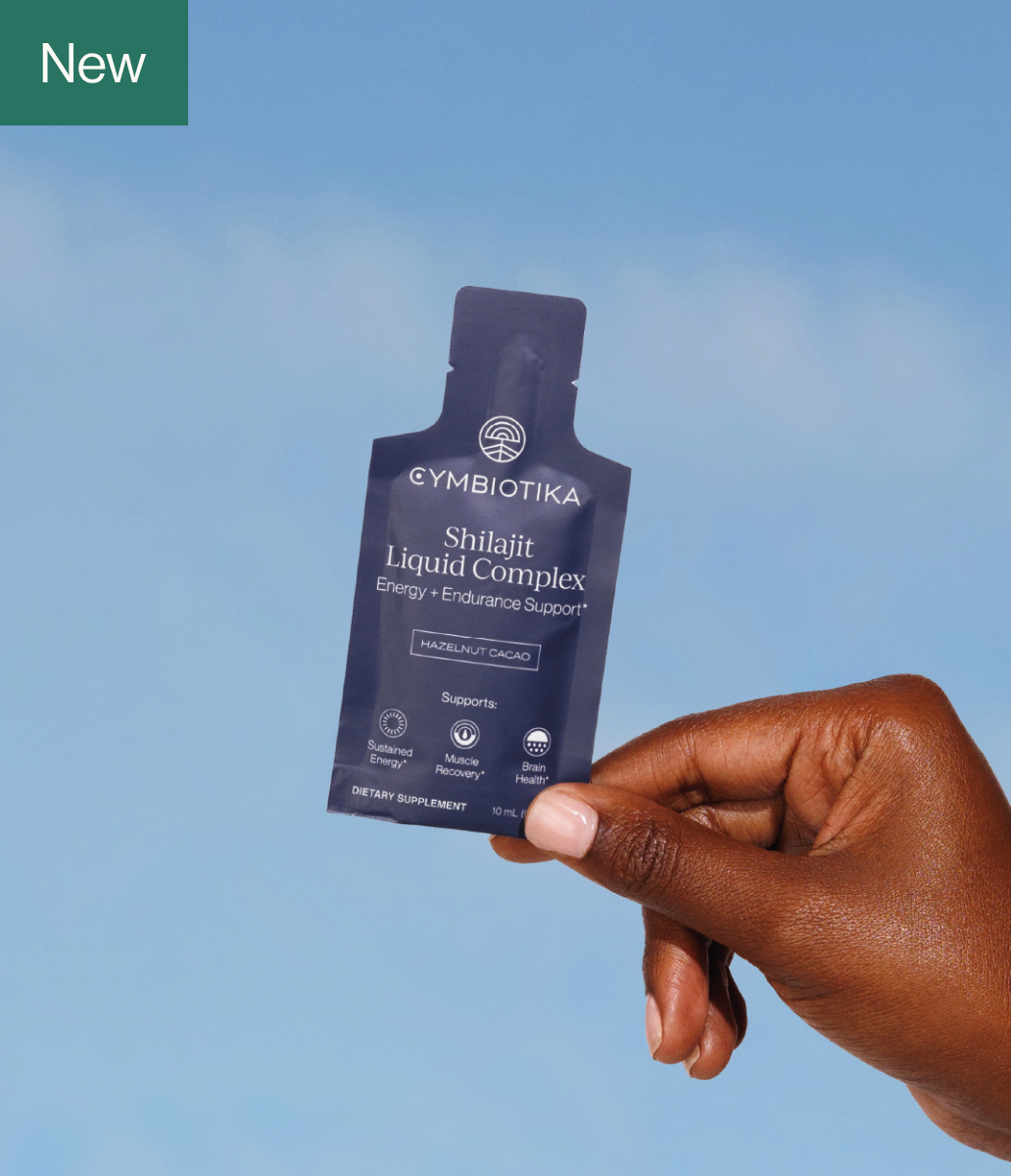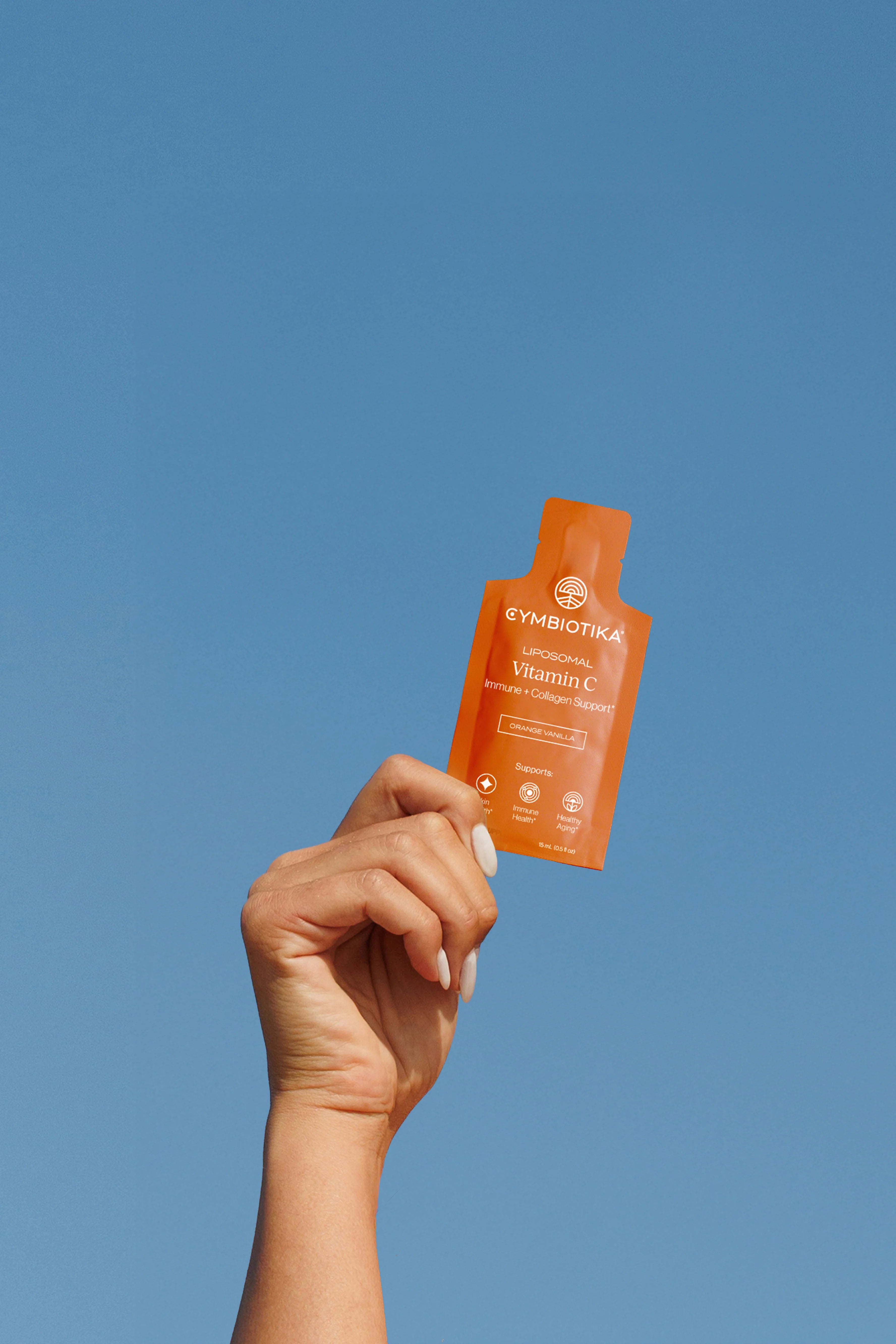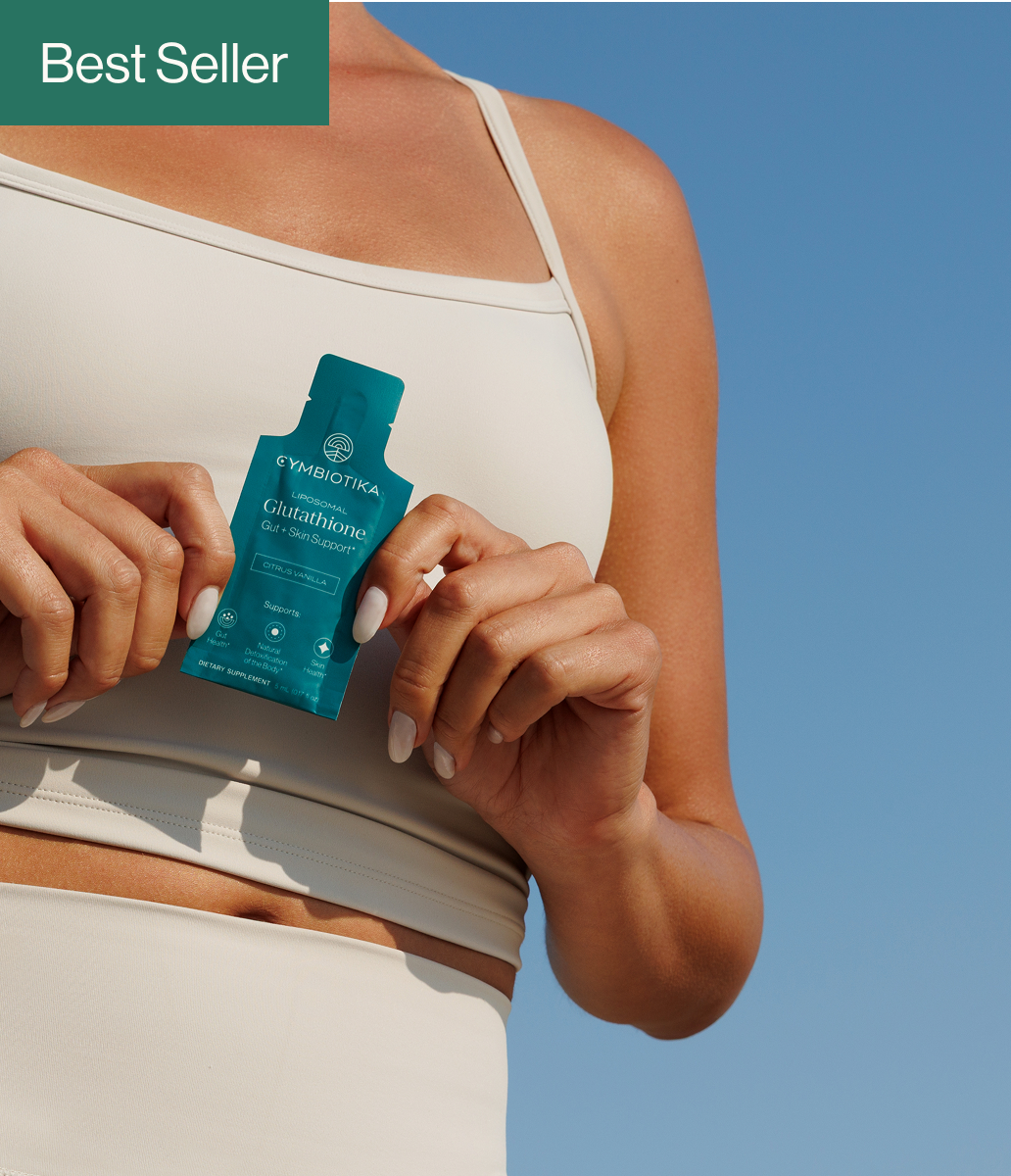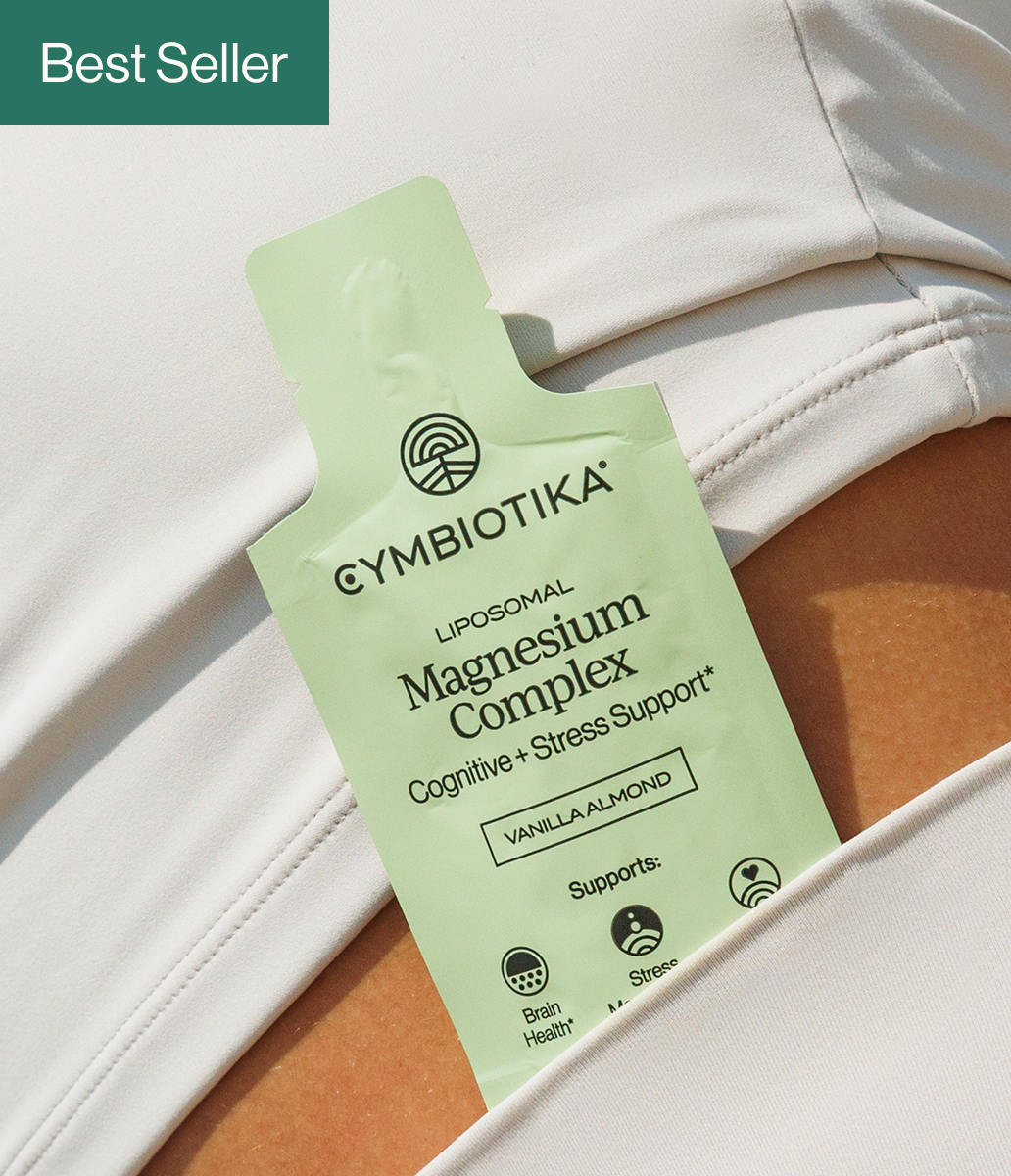Table of Contents
- Introduction
- Understanding Castor Oil
- The Science Behind Castor Oil and Acne
- How to Use Castor Oil for Acne-Prone Skin
- Precautions and Tips
- Conclusion
- FAQ
When it comes to skincare, the quest for effective and natural solutions is ever-present. With the rise of social media platforms like TikTok, one ingredient that has surged to popularity is castor oil. This thick, versatile oil, extracted from the seeds of the castor bean plant, has been utilized for centuries, but is it really beneficial for acne-prone skin? Today, we’ll delve deep into the properties of castor oil, examining its benefits, potential drawbacks, and how we can incorporate it into our skincare routines.
Introduction
Did you know that nearly 50 million Americans experience acne each year? For many, acne is not just a passing phase but a recurring challenge that can impact self-esteem and confidence. As we search for solutions, castor oil has emerged as a potential ally in the fight against acne due to its unique properties. However, with the flood of information available online, it can be daunting to determine what truly works and what doesn’t.
At Cymbiotika, we believe that wellness starts with trust and transparency. Our mission is to empower individuals with science-backed supplements, ensuring that our community has access to high-quality ingredients. In this blog post, we’ll explore the multifaceted nature of castor oil, highlighting its benefits, how it interacts with acne-prone skin, and how we can best utilize it for our skincare needs.
By the end of this article, you’ll have a comprehensive understanding of castor oil and whether it deserves a place in your skincare routine. We’ll cover its potential benefits, methods of application, and important considerations for those with sensitive or acne-prone skin. Let’s embark on this journey toward clearer skin together!
Understanding Castor Oil
What is Castor Oil?
Castor oil is a pale yellow, viscous oil derived from the seeds of the Ricinus communis plant, commonly known as the castor bean plant. For centuries, it has been used for various purposes, from medicinal applications to cosmetic uses. Its rich composition includes fatty acids, particularly ricinoleic acid, which is known for its potential health benefits.
Nutritional Profile
The primary component of castor oil, ricinoleic acid, is a monounsaturated fatty acid that constitutes about 90% of its fatty acid profile. Other fatty acids present include oleic acid, linoleic acid, and stearic acid. This unique composition contributes to its moisturizing, anti-inflammatory, and antimicrobial properties.
Historical Context
Historically, castor oil has been used in traditional medicine across various cultures. Ancient Egyptians utilized it for skin care and as a laxative, while in India, it has been part of Ayurvedic practices. Its resurgence in modern skincare can be attributed to the growing trend of clean beauty, where consumers are increasingly seeking natural ingredients with minimal processing.
The Science Behind Castor Oil and Acne
Anti-Inflammatory Properties
One of the key reasons castor oil is being considered for acne treatment is its anti-inflammatory properties. Research suggests that the ricinoleic acid in castor oil may help reduce inflammation, potentially alleviating the redness and swelling associated with acne.
Antimicrobial Activity
Castor oil also boasts antimicrobial properties, which can be beneficial for acne-prone skin. Acne is often exacerbated by bacteria that thrive in clogged pores. By applying castor oil, we may support our skin’s natural defenses against these bacteria.
Moisturizing Benefits
Contrary to popular belief, using oil on oily or acne-prone skin can actually be beneficial. Castor oil is an occlusive agent, meaning it forms a barrier over the skin, preventing moisture loss. This can be particularly useful in maintaining hydration levels, which is essential for healthy skin and can help prevent the overproduction of oil that leads to acne.
Potential Drawbacks
While castor oil has many potential benefits, it’s important to approach it with caution. Its thick consistency may not be suitable for everyone, especially individuals with very oily skin. In some cases, it can exacerbate acne by clogging pores. Therefore, patch testing and consulting with a dermatologist are advisable before incorporating it into your routine.
How to Use Castor Oil for Acne-Prone Skin
1. Direct Application
For those new to using castor oil, we recommend starting with a small amount. Apply a few drops directly to the affected areas after cleansing your skin. Allow it to absorb for a few minutes before applying any additional products. This method can provide targeted relief and hydration.
2. Castor Oil Steam Cleanse
Another effective method is to incorporate castor oil into a steam cleansing routine. The steam opens up pores, allowing the oil to penetrate deeper into the skin. Simply heat water until steaming, then lean over it with a towel draped over your head to trap the steam. After about five minutes, apply castor oil while the skin is still warm to help it absorb better.
3. Mix with Carrier Oils
To ease its thickness, we can blend castor oil with lighter carrier oils, such as jojoba or almond oil. This combination can help balance the oiliness while still reaping the benefits of castor oil. Mix equal parts of both oils and apply as a moisturizer.
4. Castor Oil and Essential Oils
Enhancing castor oil with essential oils known for their skin benefits can amplify its effects. Tea tree oil, for instance, has well-documented antimicrobial properties. Add a few drops to your castor oil for an added boost in fighting acne.
5. Castor Oil Masks
Creating a mask with castor oil and other beneficial ingredients, such as honey or turmeric, can also be effective. These combinations can provide added nourishment while targeting acne.
Precautions and Tips
Patch Testing
As with any new skincare product, patch testing is crucial. Apply a small amount of castor oil to an inconspicuous area of skin and wait 24 hours to check for any adverse reactions.
Consult a Dermatologist
If you have sensitive skin or a history of acne, it’s wise to consult with a dermatologist before adding castor oil to your routine. They can provide personalized guidance based on your skin type and needs.
Use Sparingly
While castor oil can be beneficial, moderation is key. Overapplication can lead to clogged pores, particularly for those with oily skin. Start with one to two applications per week and adjust based on your skin’s response.
Stay Hydrated and Maintain a Balanced Diet
Supporting your skin from the inside is equally important. Drinking plenty of water and maintaining a balanced diet rich in fruits and vegetables can help create a healthy environment for your skin to thrive.
Conclusion
Navigating the world of skincare can be overwhelming, especially when it comes to managing acne-prone skin. Castor oil presents an intriguing option, offering a blend of anti-inflammatory, antimicrobial, and moisturizing properties. However, as with any natural remedy, it’s essential to listen to our skin and proceed with caution.
At Cymbiotika, we are committed to transparency and quality in our wellness journey. While castor oil may not be a one-size-fits-all solution, it certainly has a place in the discussion of natural skincare options. By understanding its benefits and potential drawbacks, we can make informed decisions about our skincare routines.
As we explore the world of natural remedies, we invite you to take our AI quiz to discover which supplements may best support your wellness journey. Together, let’s empower ourselves to take control of our health and embrace the beauty of our skin.
FAQ
1. Can castor oil cause acne?
While castor oil has beneficial properties, its thick consistency can clog pores for some individuals, potentially leading to breakouts. It’s advisable to patch test and consult with a dermatologist if you have concerns.
2. How often should I use castor oil for acne?
Start with one to two applications per week and monitor your skin’s response. Adjust the frequency based on how your skin reacts.
3. Is castor oil safe for all skin types?
Castor oil is generally safe for most skin types, but those with sensitive or very oily skin should exercise caution and consider consulting with a dermatologist.
4. Can I mix castor oil with other oils?
Yes! Mixing castor oil with lighter carrier oils such as jojoba or almond oil can help balance its thickness and provide additional benefits.
5. What are some alternatives to castor oil for acne-prone skin?
Other natural oils, such as tea tree oil, jojoba oil, and argan oil, may also be beneficial for acne-prone skin. Always consider your specific skin type and sensitivities when selecting products.
By understanding the potential of castor oil and how to wisely incorporate it into our routines, we can take proactive steps toward achieving clearer, healthier skin. At Cymbiotika, our commitment to transparency and quality supports you in your wellness journey, and we’re here to empower you every step of the way.
*These statements have not been evaluated by the Food and Drug Administration. This product is not intended to diagnose, treat, cure, or prevent any disease.





















